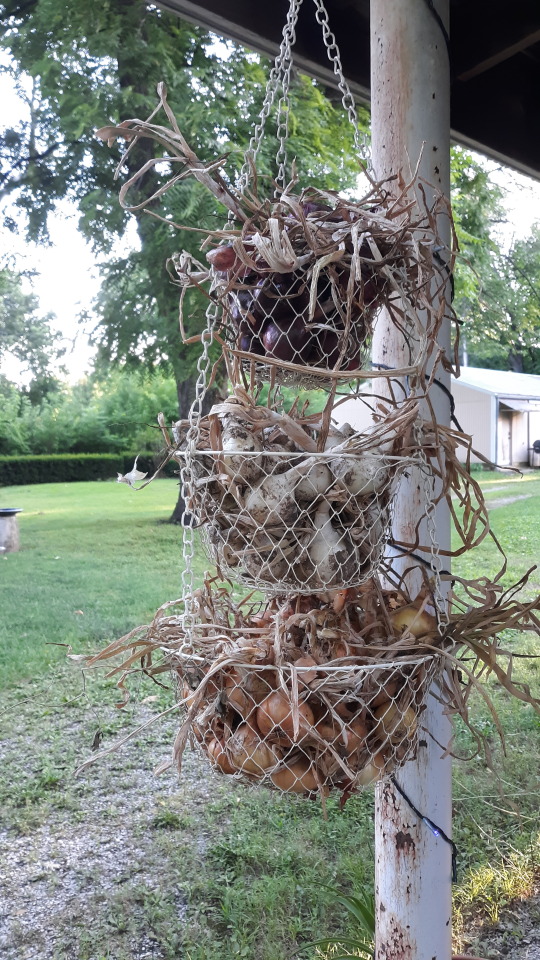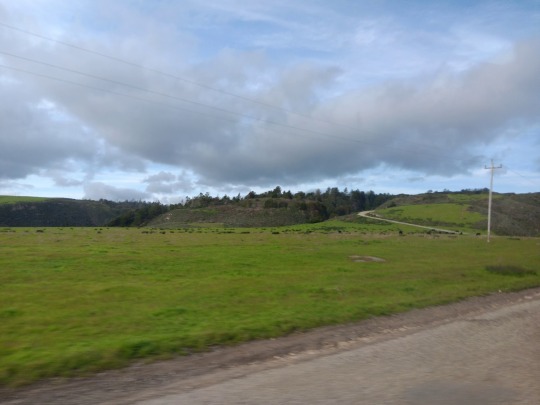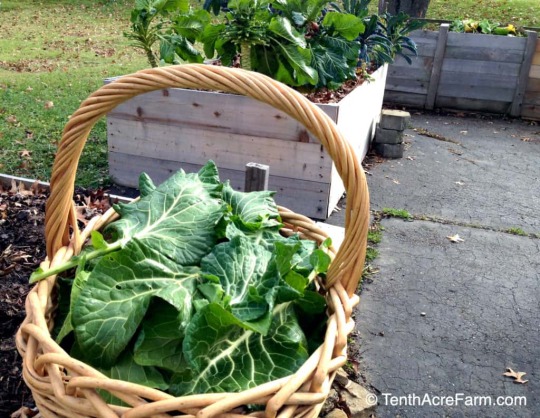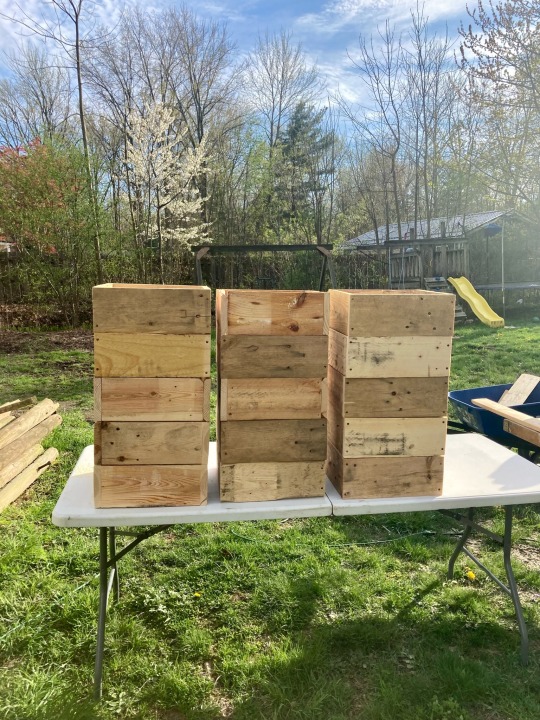#suburban farming
Text


Sorry folks, it’s just that time of year where I obsess over the peach trees. When you’re this beautiful who could really resist?
#gardeners on tumblr#neohio#grow your own#suburban farming#suburban homestead#peach#peach blossoms#mine
33 notes
·
View notes
Photo

This year’s onion harvest! They’re on the small side, but there’s plenty of them, so I can’t complain.
25 notes
·
View notes
Text




by Ewski Images
#nature#photography#abandoned#farm house#abandoned homes#reclaimed by nature#green#plants#gloomy#suburban gothic#curators on tumblr
3K notes
·
View notes
Text


A real photo postcard of a farm house (1910)
#farm house#1910s#1900s#vintage photography#vintage postcard#vintage pictures#edwardian era#southern gothic aesthetic#southern gothic#suburban gothic#southwestern gothic#midwestern gothic#rural aesthetic#rural america#rural gothic#rppc#rppc postcard#real photo postcard
615 notes
·
View notes
Text

#mine#photography#aesthetic#grunge#nostalgia#american gothic#indie#urban#digicam#2000s#suburban#marjitea#grunge aesthetic#memorycore#weirdcore#emo#teencore#digital photography#photographers on tumblr#digital camera#2014#2014 tumblr#suburban gothic#rural gothic#nature#landscape#costal#small town#field#farm
40 notes
·
View notes
Text



#running in the fields#fields of bliss#farm#farmcore#desolate#suburbiacore#suburban longing#divorce core#nostalgiacore#quotes#small town america#nostalgia#teencore#weirdcore#dreamcore#wandering#longing#russian village#eastern europe village#eastern europe
26 notes
·
View notes
Text
Gardening in Raised Beds On Pavement

Growing in raised beds on top of pavement is an excellent strategy if you have limited growing space. Let's learn how to make the most of that concrete or asphalt!
Build Tall Beds
Crops need room to send roots down into the soil. Providing plenty of room to grow means your crops have a strong foundation, hold moisture longer, and can access more nutrients in the soil through deeper roots. Raised beds on pavement should be a minimum of 24 inches tall and ideally 32 inches tall! Taller is always better, especially if you live somewhere with hot and/or dry summers.
Filling Your Raised Beds
When you build raised beds on the ground, your crops have access to the soil underneath for draining excess water from above and wicking water up from below. Building on pavement takes this away, so how we fill the beds really matters!
Bottom Layer: Gravel
Fill the bottom of your raised beds with about 6 inches of gravel. This helps fight erosion, helps with drainage, and keeps your crop's roots from coming into contact with the pavement.
Middle Layer: Decomposing Wood
I highly recommend the hugelkultur method. A hugelkultur, or "mound culture" in German, is a raised bed with a base of decomposing wood. Rotting wood encourages fungal networks, holds moisture, and fills the space pretty cheaply. Get some logs, sticks, and other dead wood pieces and make a layer on top of your gravel.
Top Layers: Loose, Rich Growing Medium
There's lots of options for filling this space, but the goal is high-quality organic matter. Avoid bags of potting soil, as these aren't living soil. Living soil self-renews and keeps providing a nutrient rich environment. Potting soil will eventually dry out and lose nutrients. Instead gather things like:
Compost (homemade or purchased)
Coffee grounds (many coffee shops are happy to give out used grounds for free)
Living soil (from your yard or garden, even just a few shovels full will likely contain fungal networks and earthworms)
Grass clippings (not sprayed with anything!!)
Kitchen scraps (egg shells, fruits, veggies)
Leaf mold (leaves that have aged for two years)
Livestock manure
Shredded office paper
Worm casings
Alternate layers of whichever of these materials you're able to get and make a big raised bed lasagna. Save your compost for the top lasagna layer. Then top the whole bed off with mulch! Mulch helps hold water and keeps weeds at bay.
The Best time to Build Raised Beds is in the Fall
You can build beds any time, but building in the fall gives your bed contents time to settle and break down over the winter. Your lasagna layers need time to break down into finished soil, which crops generally prefer. Then just add some more organic matter on top in the spring before planting.
What To Plant
Here's some crop suggestions to go easy on your garden in the first year. After the first year though the sky is the limit!
Beets
Herbs
Leafy greens
Legumes
Onions
Maintaining Raised Beds on Pavement
Irrigate: Even with your fabulous organic material lasagna, your raised bed on pavement will still dry out. Prepare to water regularly, especially in the seed and seedling phase. After your crops get established a deep weekly watering should be enough unless it's extremely hot/dry.
Fertilize: During the summer, add some liquid fertilizer every couple of weeks (during your watering sesh) to push nutrients down into the soil. Some great liquid fertilizer options are comfrey tea, fish fertilizer, and worm tea.
Soil Renewal: Every fall top your beds off with some new organic matter. Over time your raised beds will decompose and sink, so fill those babies back up so they're ready for next spring! And don't forget to mulch!
Aerate: As your layers decompose you'll want to do some gentle aerating with a digging fork to keep the soil loose and crumbly.
Use Cover Crops: Cover crops help enrich the soil and keep it from drying out.
Summer cover crops: Buckwheat, cow peas, millet
Winter cover crops: Daikon radish, oats, winter rye
Happy growing!!
Source
#gardening#urban gardening#small space gardening#raised beds#hugelkultur#suburban gardening#urban farming
160 notes
·
View notes
Text
#Urban#city life#Suburban#suburbs#Rural#farm#countryside#Childhood#nostaliga#poll#polls#tumblr polls#i love polls#my polls
8 notes
·
View notes
Photo

Newstead, Nottinghamshire
#queue#photography#nottingham#england#snow#winter#nottinghamshire#newstead#hopping hill farm#suburbia#mundane#mundane photography#suburbs#suburban
19 notes
·
View notes
Text

#small town#farm town#suburbia#winter#snow#forrest#new england#photography#dreamcore#dreamy#dream#deja vu#surrealcore#small town america#suburban#suburbs
18 notes
·
View notes
Text

#please forgive the repost. I had to fix some things#mrs afton#drawing#art#fnaf#Margaret Afton#rework#five nights at freddy's#beware the southern country farm girl to suburban house wife pipeline
11 notes
·
View notes
Text

Finally got around to making my pallet potato boxes. These are 14x14 and stackable, so as the potatoes get taller I’ll add another box and bury the foliage so the potatoes produce more tubers.
Pallets are free, which I like. What makes it even better is I reused the nails I pulled out of the original pallets. I absolutely love repurposing stuff. To take an item and give it a second life as something completely different. Can’t beat it
21 notes
·
View notes
Text

#Vlog#Farm#Silence#Space#Mysterious#Mundane#Country vlog#Liminal#Places#Liminal spaces#dream#memory#nostalgia#vhs#camcorder#sony handycam#y2k#vintage camera#old camera#suburban gothic#americana#authenticity#normal#slow#boring#aesthetic#visual language#abandoned house#exploring#alone
5 notes
·
View notes
Text


did you know long island is shaped like a fish. now you do :)
#brot posts#lawng island babey#the ‘fins’ are actually called The Forks#theres the north fork and the south fork#the only true rural areas on LI and even then theyre more suburban rural. but still.#north fork has a lot of farms and is fairly ritzy thats where all the rich folks with their huge properties and vineyards are#south fork is mostly just protected forests rather than farms#though thats where the hamptons are so theyre actually richer than the north fork#like rich people and even Celebrities have multimillion dollar summer homes there#and by the hamptons i mean westhampton southampton etc#a few towns with the word hampton in their names so they become The Hamptons collectively#and then you go past the hamptons and it becomes more and more just like forests and marshes with a few spots of actual towns#montauk is the furthest eastward point on the south fork and on all of long island#probably one of our only tourist spots because of it#george washington built a lighthouse there or what the fuck ever#montauk the town is really cute though its fun to take a daytrip there#then the furthest eastward point on the north fork is orient point#nowhere near as renowned as montauk point#ive only ever been to orient point bc its a major ferry launching point to go across the LI sound and reach connecticut lmfao#theres another ferry point in uhm. port jefferson i believe but ive never used that one personally
14 notes
·
View notes
Note

is this what living in texas is like just curious
You’re making a goof but the only difference is that that shit happens any day of the week rather than just Friday
#ask#sordayciega#I live in a suburban neighborhood and like 3 of my neighbors have whole ass horse/goat farms#there’s churches on every corner#churches that are literally called cowboy church#every car commercial is ‘ford is the best in Texas!’#bbq places a plenty#when I first moved here my northern accent was mistaken as British by everyone
26 notes
·
View notes
Text

#mine#photography#aesthetic#grunge#nostalgia#american gothic#indie#urban#digicam#2000s#suburban#marjitea#grunge aesthetic#memorycore#weirdcore#emo#teencore#digital photography#photographers on tumblr#digital camera#2014#2014 tumblr#suburban gothic#rural gothic#nature#landscape#costal#small town#field#farm
41 notes
·
View notes